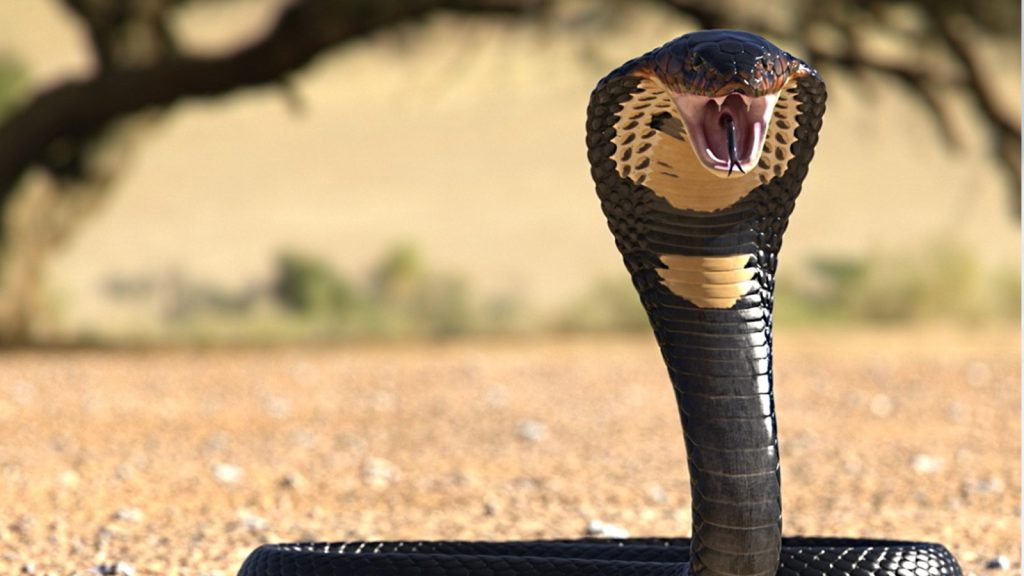King cobras, the longest venomous snakes in the world, are fearsome predators in their own right. But even these deadly serpents have natural enemies in the wild. Despite their potent venom and impressive size, king cobras face threats from a variety of animals across their range in South and Southeast Asia. From quick-footed mammals to sharp-eyed birds of prey, these predators have developed strategies to overcome the king cobra’s defenses. Some of these hunters might surprise you. I know I always assumed that king cobras were at the top of their food chain, so I was quite surprised at just how many animals prey on them.
Mongoose
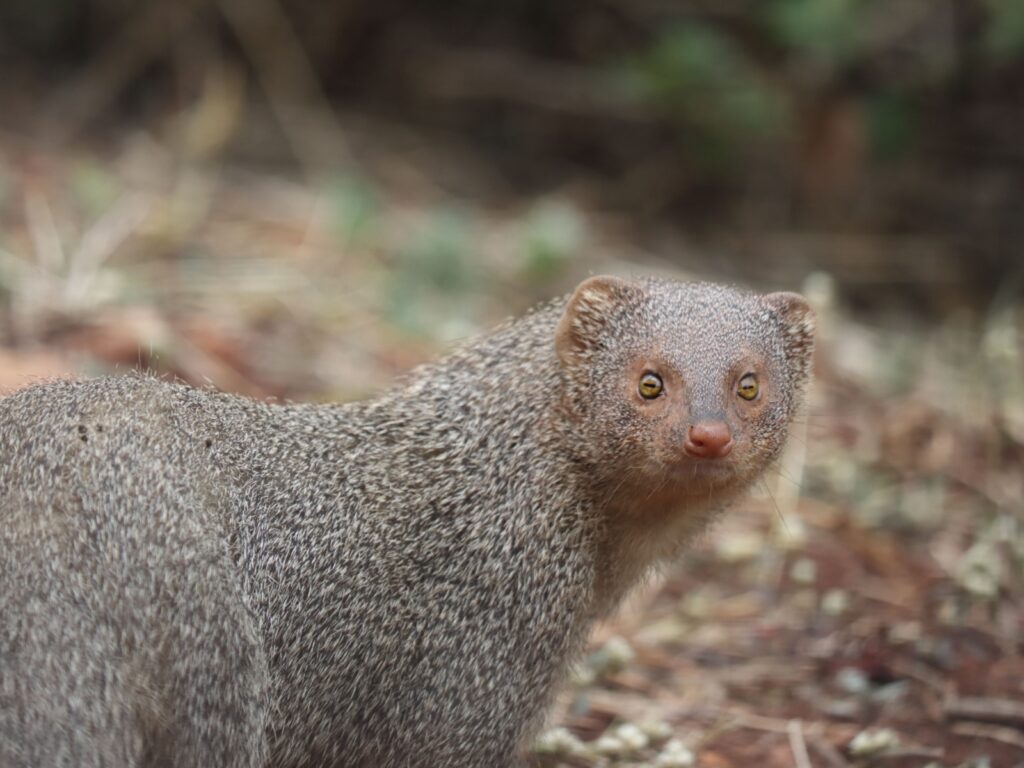
The mongoose is perhaps the most famous king cobra hunter. These small, agile mammals have lightning-fast reflexes and a natural resistance to snake venom. Mongooses often work in groups to overwhelm a king cobra, using their speed and teamwork to their advantage.
King Cobra
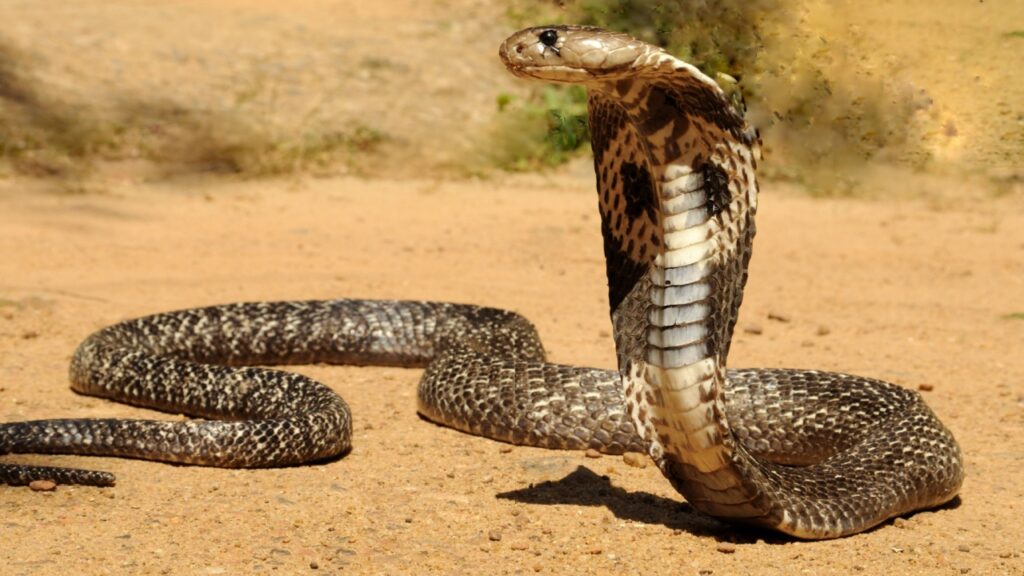
In a twist of nature, king cobras sometimes prey on their own kind. These cannibalistic snakes are known to eat smaller cobras, including juveniles of their own species. Their immunity to their own venom gives them a unique advantage in these encounters.
Honey Badger
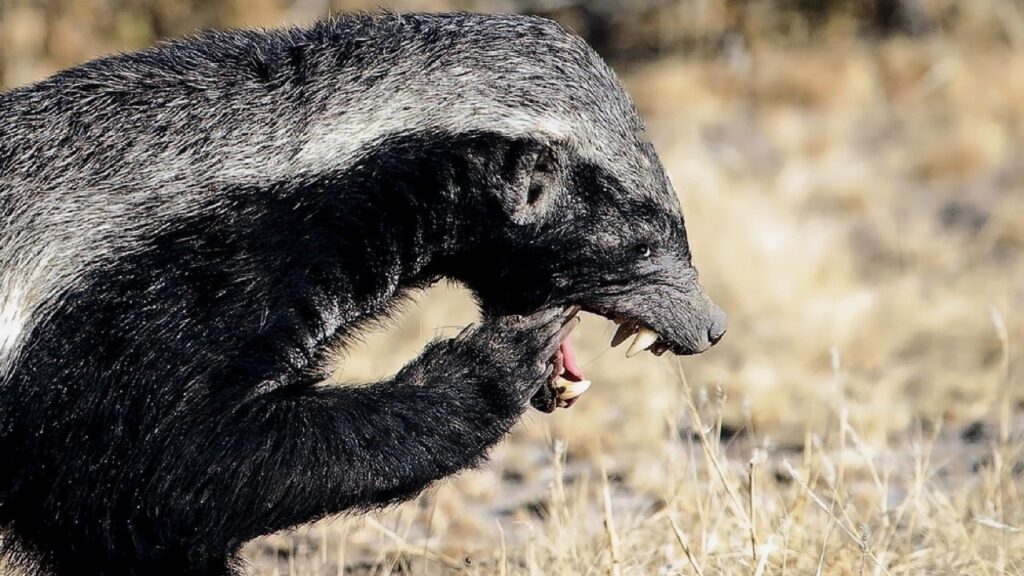
Honey badgers are renowned for their fearlessness and tough skin, which helps protect them from snake bites. These tenacious animals have been known to actively seek out and eat venomous snakes, including king cobras. Their thick skin and strong claws make them formidable opponents for even the largest cobras.
Eagles
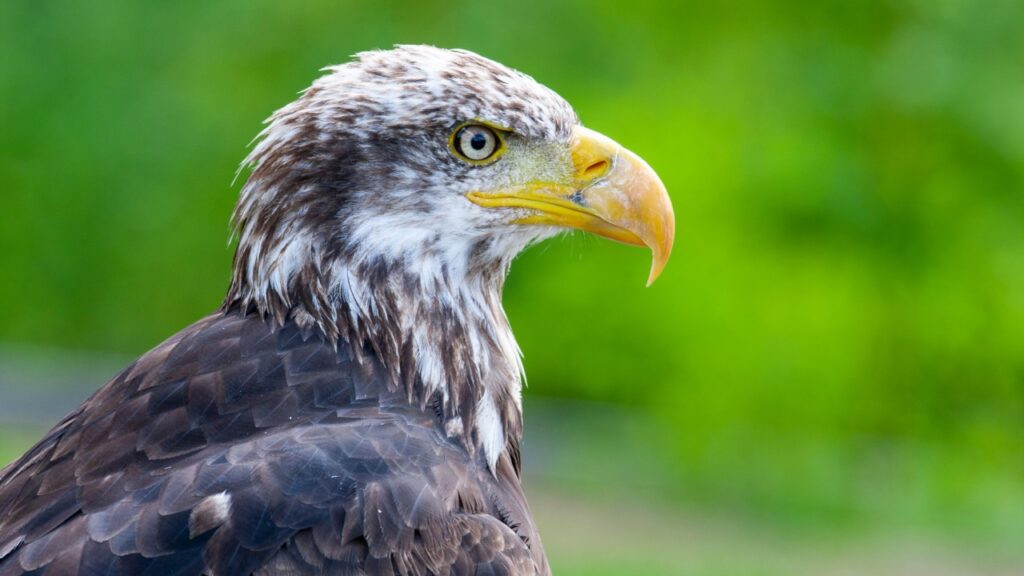
Several species of eagles, including the crested serpent eagle, prey on king cobras. These birds of prey have excellent eyesight and powerful talons, allowing them to spot and seize cobras from above. Eagles often target smaller or juvenile king cobras, which are easier to carry off.
Monitor Lizards
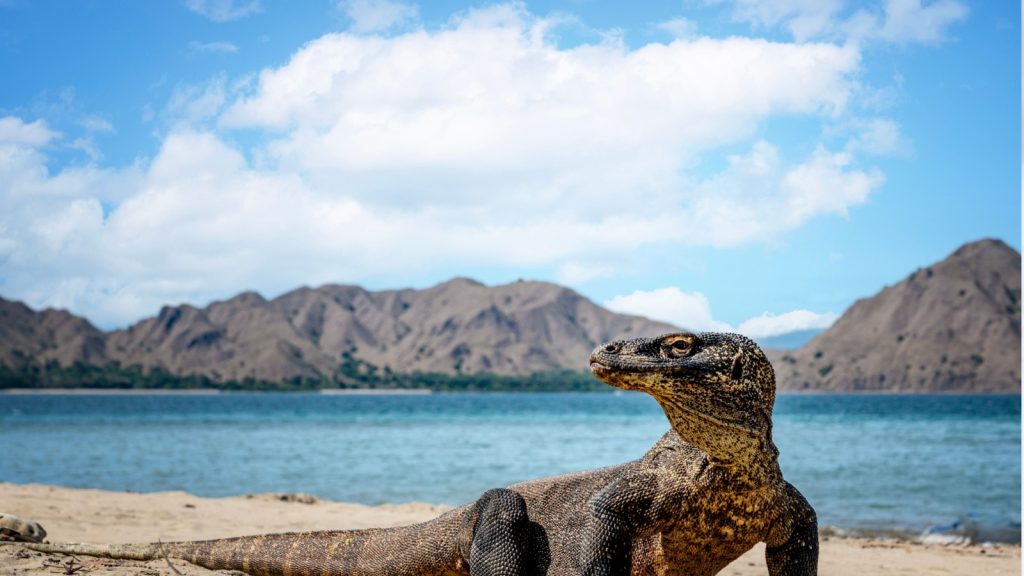
Large monitor lizards, such as the water monitor, sometimes hunt king cobras. These reptiles have a tough hide that offers some protection against snake bites. Monitor lizards are also quick and agile, able to outmaneuver cobras in some situations.
Wild Boars
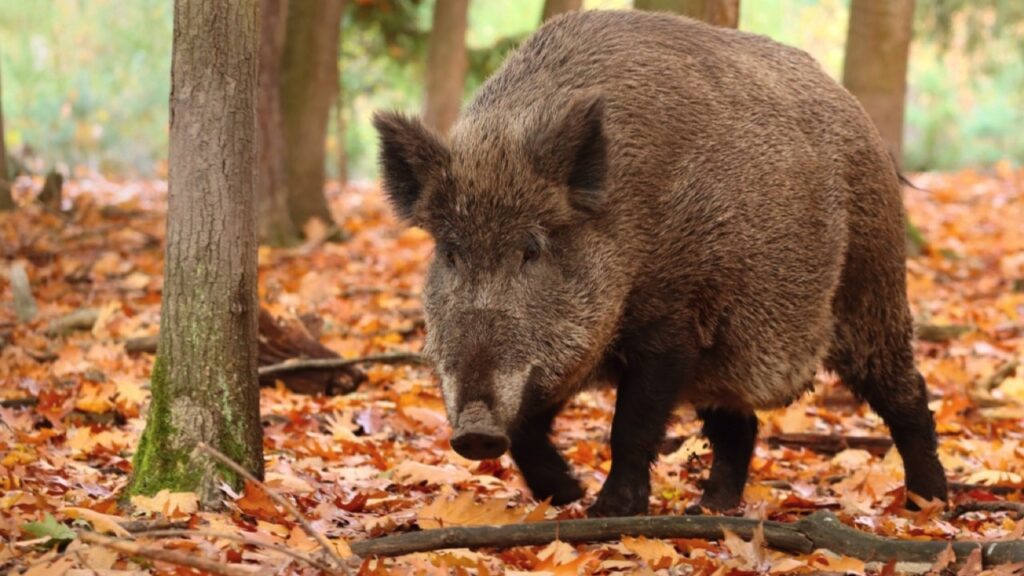
Wild boars are surprisingly effective predators of king cobras. Their thick skin and layer of fat provide some protection against snake bites. Boars often use their tusks to flip cobras over, exposing their vulnerable underbellies.
Secretary Bird

Native to Africa, the secretary bird is a skilled snake hunter. While it doesn’t typically encounter king cobras in the wild, it has been known to prey on them in captivity. These birds use their powerful legs to stomp on snakes, stunning or killing them before eating.
Peafowl
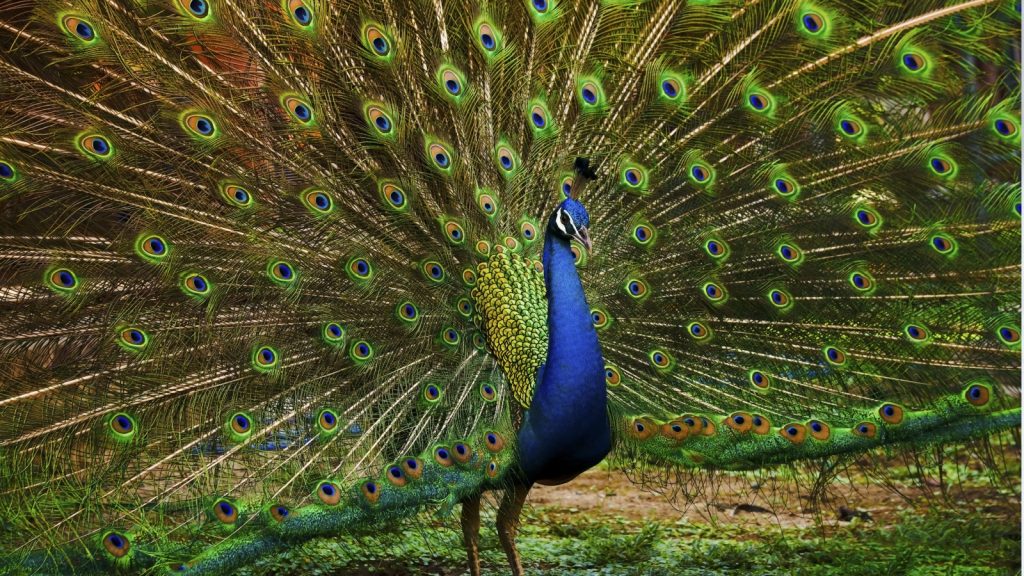
Peacocks and peahens, collectively known as peafowl, are known to attack and eat snakes, including king cobras. These birds use their sharp beaks and claws to kill snakes. Their excellent eyesight helps them spot cobras before the snakes can strike.
Indian Gray Mongoose
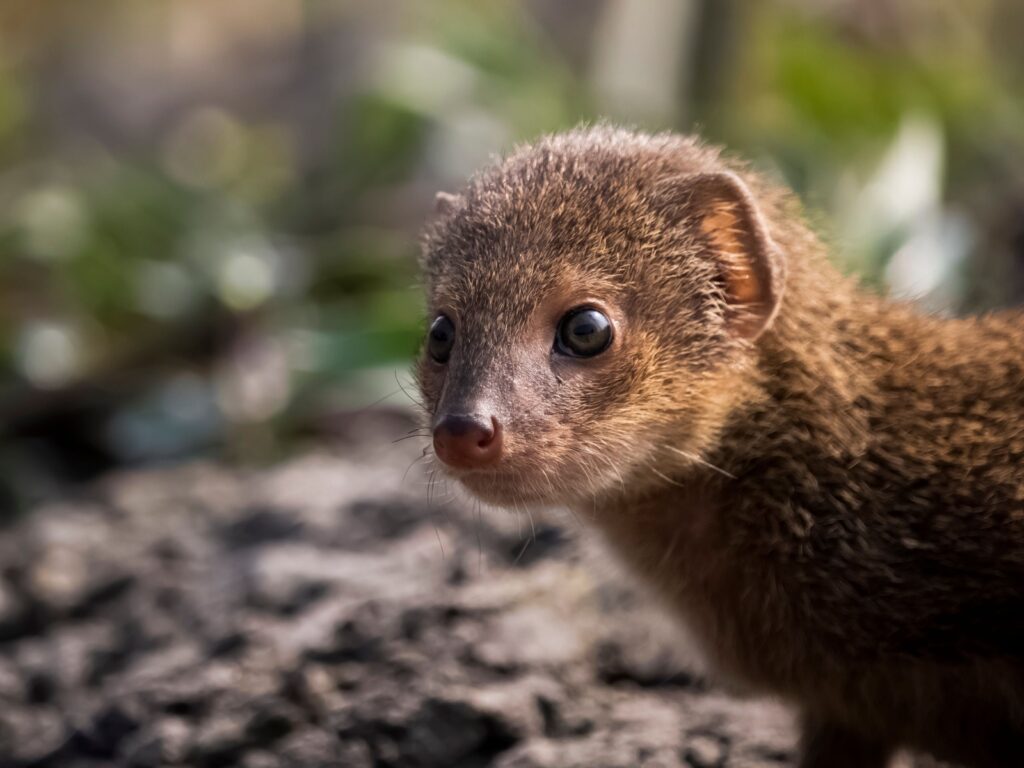
A close relative of the common mongoose, the Indian gray mongoose is another skilled cobra hunter. These animals are quick and agile, able to dodge cobra strikes with ease. They often bite the cobra’s head, killing it before the snake can use its venom.
Jungle Cat

The jungle cat, a medium-sized wild cat found in Asia, sometimes preys on king cobras. These cats are quick and have sharp reflexes, allowing them to avoid cobra strikes. They typically target smaller cobras or juveniles.
Crocodiles
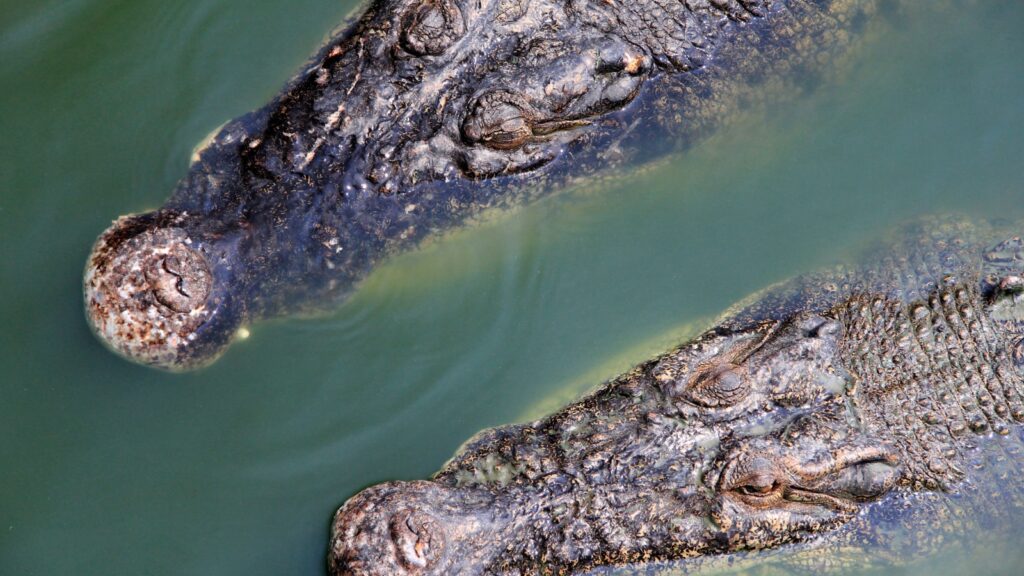
In wetland areas, crocodiles pose a threat to king cobras. These large reptiles have incredibly powerful jaws and thick, scaly skin that protects them from snake bites. Crocodiles often ambush cobras near water sources.
Owls
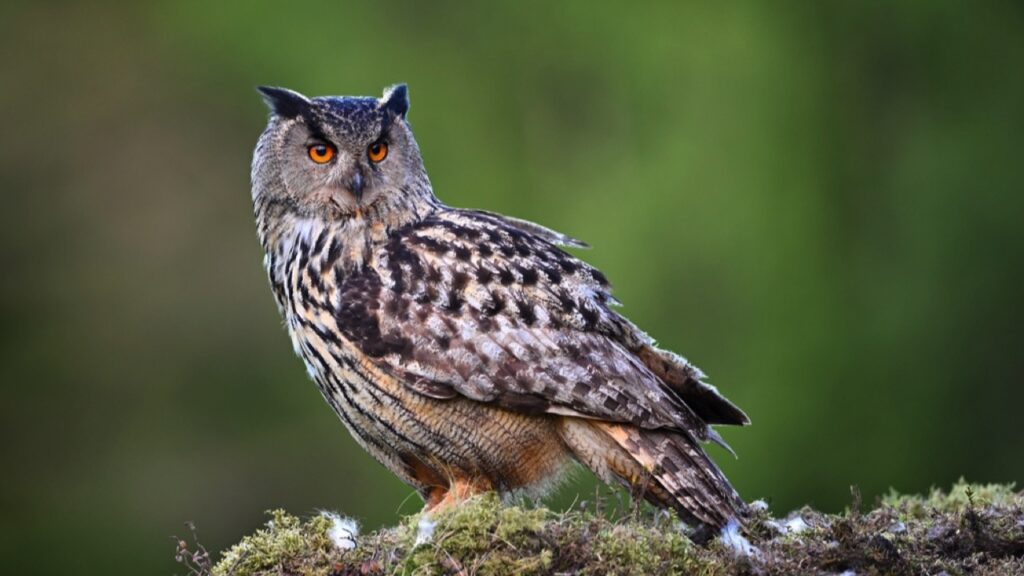
Some large owl species, such as the Eurasian eagle-owl, hunt king cobras. These birds of prey have excellent night vision and silent flight, allowing them to surprise cobras in the dark. Owls typically target smaller cobras or juveniles.
Humans
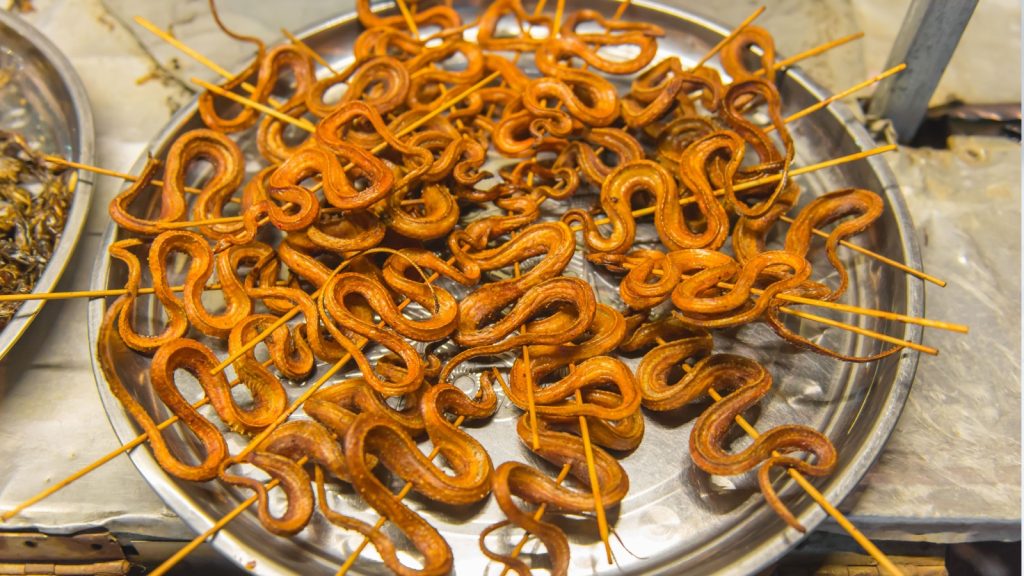
While not a natural predator, humans pose a significant threat to king cobras. Habitat destruction, hunting for meat and skin, and killings out of fear all contribute to declining king cobra populations in many areas.
Other Snakes
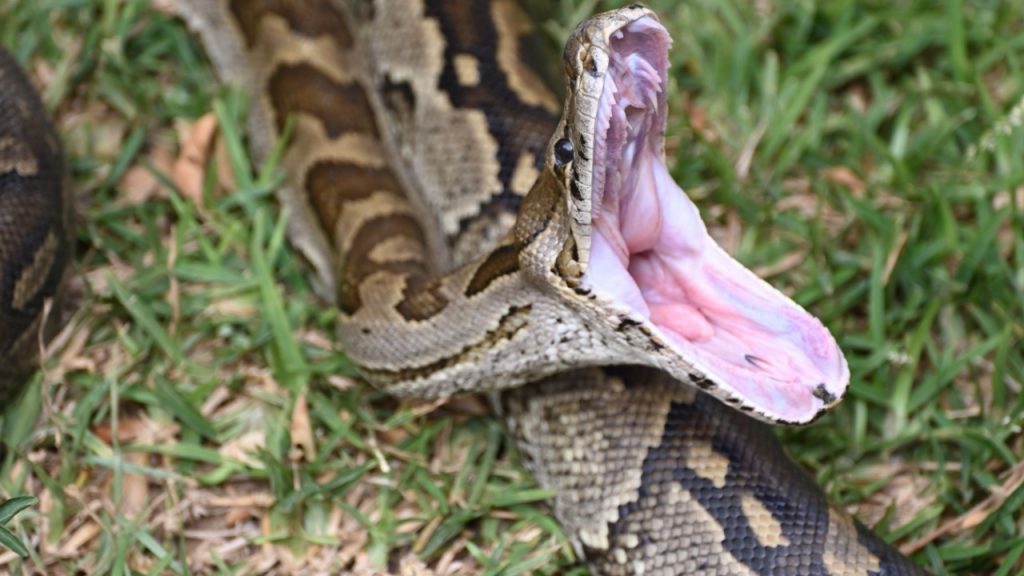
Some large constrictor snakes, like pythons, occasionally prey on king cobras. These snakes use their powerful bodies to squeeze the life out of their prey, bypassing the need to contend with the cobra’s venom.
Asian Palm Civet
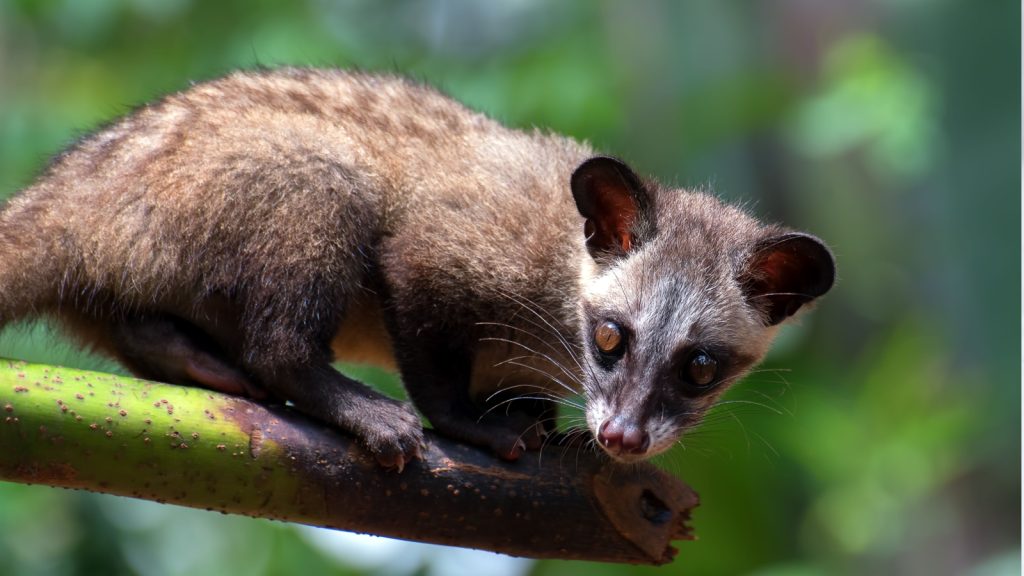
The Asian palm civet, a small mammal related to mongooses, sometimes hunts king cobras. These agile creatures are mostly arboreal but will come to the ground to hunt. Their quick reflexes help them avoid cobra strikes while attacking.

